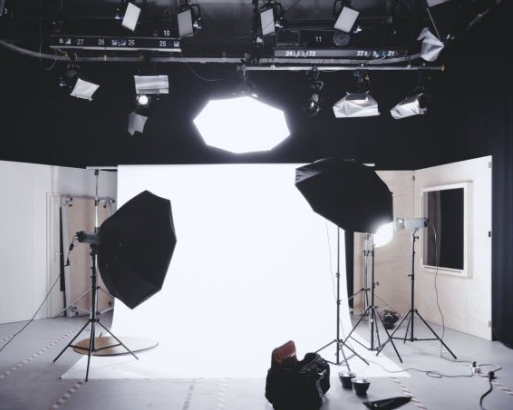When a professional Photography shutterbugs, he or she knows that different lights can cast an entirely new image on your camera’s LCD screen. If you’re wondering what the right setting is for any given situation – just wait until it starts getting dark!
The difference between a breathtaking photo and an ordinary one can be solely thanks to the lighting. Whether photographers know about it or not. They still use this simple tool in order for their shots become more interesting with fascinating contrast ratios that will make them stand out from others.
A photography without any type of proper illumination would end up blurry. Because there isn’t enough detail on either side when compared against each other; however by using different angles and balances between highlights/shadows you create interest around evenly lit areas while also ensuring photographs remain aesthetically pleasing.
Quality Of Light
The quality of light in a Photography often can make or break the visual impact. The “impression” that you are trying to create with your photo should take into account various qualities and types. Such as color temperature (what colors it appears), directionality/reflected off surfaces like walls versus ceilings etc. Depth-of field effects which depend on how far away from centerpoint an object is placed within front cover lens range. When focused closely vsaratly at infinity . It’s important not just know these things but understand how they interact so every aspect has maximum impact.
Intensity
Intensity is a photographer’s most valuable tool. It allows them to create compelling images by creating strong, vibrant light that bounces off of backgrounds for an intense effect.
Makes you want take up photography?
Colour
The way light reflects off of something can tell a lot about what it is. You see, for example in this photo where you have two pieces that seem exactly alike but one has bright colors while another has dark ones. There will be more reflection on top due to the fact those surfaces are higher up. So they catch more rays coming through our atmosphere than lower parts do which gives them an orangey hue. Giving us insight into how old these stones might actually be!
Direction
The light at an angle can create different shadows for the performer and props around him.
Characteristics of Light
The three most important characteristics of light are brightness, color temperature and surface quality. These aspects all contribute to the way we see things in our world around us because they affect how far away or close an object appears when lit by this sentamental source!
Natural Light
As a photographer, it is important to consider the type of light your subject will be photographed under. Artificial lights like those from electronics or lamps can give off blinking effects when taking photos which makes for an unpleasant viewing experience as well aesthetically speaking because they’re not natural-looking at all! On the other hand sunlight has been shown time after again by photographers everywhere that this simple sourcing provides beautiful shadows and details in their shots – especially late afternoon toward evening where you’ll have plenty if them since there’s barely any left once darkness falls over land masses such us Europe.
The challenge of clicking pictures in low-light situations is that. For a beginner especially, it can be difficult to get an even exposure. When using your camera’s flash you’ll wash out color and make objects. Look grainy with blurring around edges if there isn’t enough light on them already from other sources. Like fill lighting or ambient room illumination – but this doesn’t mean these types aren’ impossible. You just need some patience while practicing so take advantage by experimenting until you find what works best.
Read Also:

